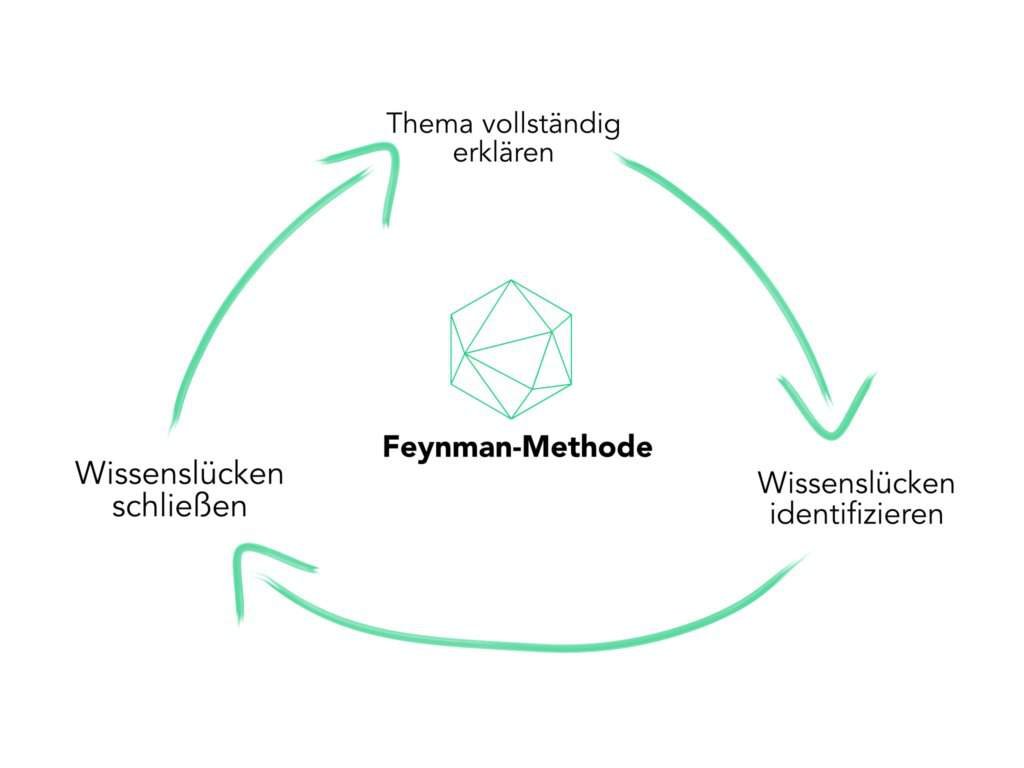The Bethe–Feynman efficiency formula, a simple method for calculating the yield of a fission bomb, was first derived in 1943 after development in 1942. Aspects of the formula are speculated to be secret restricted data.
Related formula
- a = internal energy per gram
- b = growth rate
- c = sphere radius
A numerical coefficient would then be included to create the Bethe–Feynman formula—increasing accuracy by more than an order of magnitude.
where γ is the thermodynamic exponent of a photon gas, E2 is the prompt energy density of the fuel, α is Vn (neutron velocity) / λmfptot (total reaction mean free path), Rcrit is the critical radius and 𝛿 is the excess supercritical radius (Rcore - Rcrit) / Rcrit.
See also
- Richard Feynman
- Hans Bethe
- Robert Serber
References




